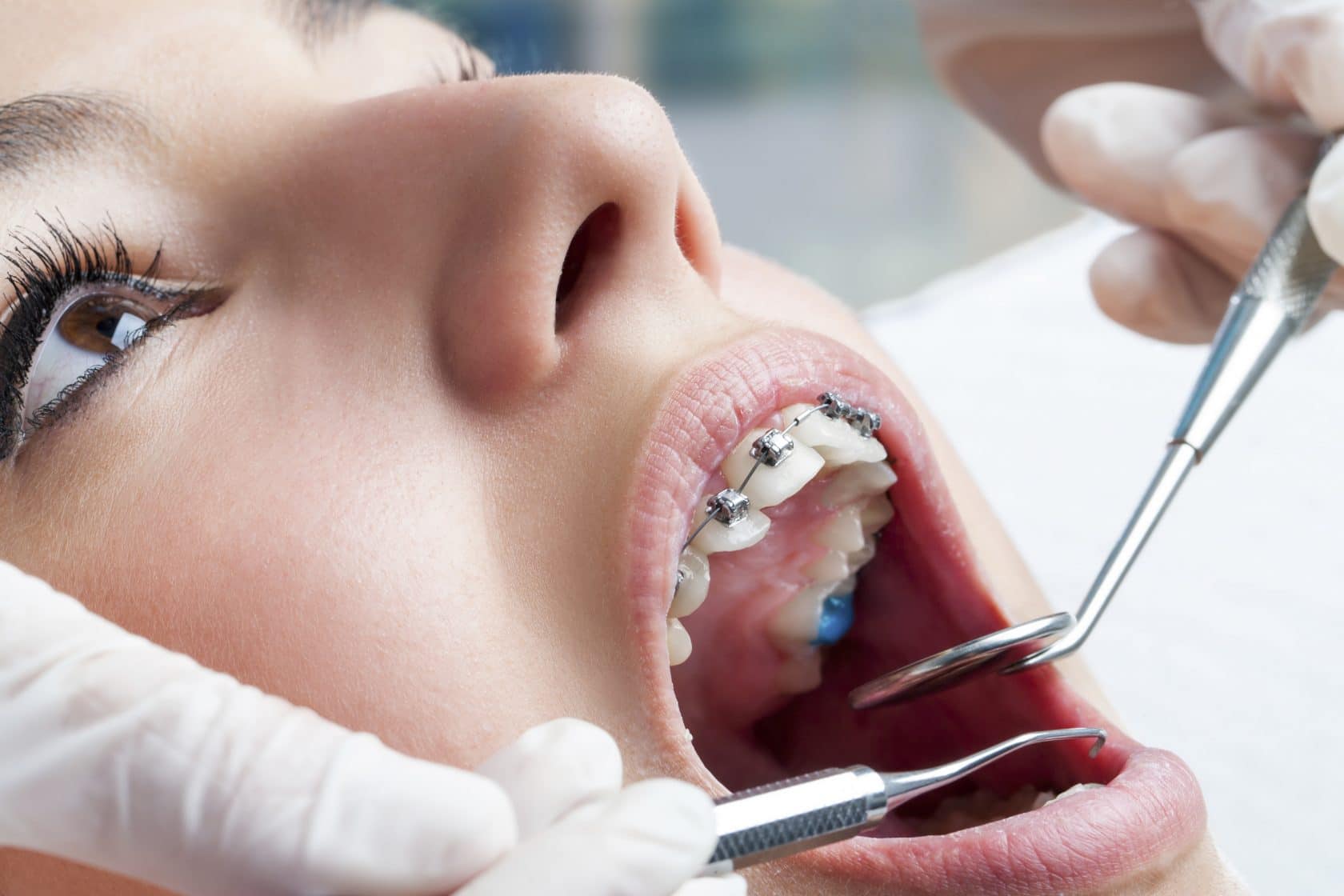Finding the Right Cumming Orthodontist for Your Braces and Aligners Demands
Finding the Right Cumming Orthodontist for Your Braces and Aligners Demands
Blog Article
Comprehensive Guide to Orthodontics Procedures for Dealing With Dental Imbalances
Understanding the details of each procedure, including their systems, benefits, and prospective downsides, is crucial in making educated choices regarding one's orthodontic treatment. As we browse via the detailed guide to orthodontic treatments for remedying dental misalignments, the detailed information of each method will certainly unfold, shedding light on the course toward a functional and harmonious oral positioning.
Orthodontic Procedures Overview

Routine modifications and tracking are vital components of orthodontic therapy to make certain progression is on track and to make any kind of essential adjustments along the way. By undergoing orthodontic treatments, clients can not only achieve a straighter grin yet additionally enhance their general dental health and wellness and function.
Conventional Braces: How They Function
When thinking about orthodontic therapies for dental imbalances, conventional dental braces stick out as a time-tested approach for dealing with teeth positioning. Typical braces include braces, wires, and bands that work together to use continuous stress on the teeth, gradually moving them into the wanted alignment. The braces are affixed to the teeth utilizing an unique adhesive, and the wires are threaded with the brackets. By readjusting the tension of the wires, orthodontists can manage the instructions and force put on each tooth, guiding them into correct alignment in time.
As pressure is used to the teeth through the dental braces, the bone surrounding the teeth is reshaped to support the new tooth positions. People will certainly require normal modifications at the orthodontist's office to guarantee the braces proceed to use the appropriate pressure for effective teeth activity.
Unseen Aligners: Pros and Disadvantages
Invisible aligners offer a practical and discreet alternative to conventional dental braces for remedying dental misalignments. These clear, personalized trays are virtually unnoticeable when used, making them an appealing alternative for individuals looking for a more aesthetically pleasing orthodontic treatment. Among the primary benefits of undetectable aligners is their removability, enabling easier upkeep of oral health compared to traditional dental braces. Clients can get rid of the aligners before consuming or brushing their teeth, reducing the threat of food getting embeded the home appliance and streamlining the cleaning procedure.

Surgical Orthodontic Options
Surgical interventions in orthodontics present viable options for addressing intricate dental imbalances that may not be efficiently fixed with conventional orthodontic treatments. While typical dental braces and invisible aligners can fix numerous orthodontic issues, particular situations require surgical intervention to attain ideal results. Surgical orthodontic alternatives are dental coverage normally suggested for severe malocclusions, substantial jaw disparities, and situations where the underlying bone structure requires adjustment to achieve correct positioning.
One common medical orthodontic procedure is orthognathic surgery, which entails rearranging the jaws to fix useful problems such as trouble chewing or talking. This surgical treatment is often done in collaboration with an orthodontist that helps line up the teeth before and after the treatment. Surgical orthodontics may additionally involve treatments to expose affected teeth, get rid of excess gum cells, or reshape the jawbone to create a much more unified facial profile.
Prior to thinking about medical orthodontic choices, people undergo a thorough assessment to figure out the necessity and prospective advantages of such treatments. invisalign. While surgical procedure might appear challenging, it can dramatically improve both the function and appearances of the smile in instances where traditional orthodontic treatments drop short
Retainers and Post-Treatment Treatment

Failure to abide with post-treatment treatment directions can result in relapse, where the teeth gradually relocate back towards their original positions. Regular retainer wear, excellent oral hygiene, and normal dental check-ups are essential for keeping the outcomes accomplished through orthodontic surgery and making certain Visit Website the lasting stability of the corrected oral alignment.
Verdict
In conclusion, orthodontic procedures supply various choices for correcting dental imbalances. Surgical orthodontic alternatives are readily available for much more severe misalignments. On the whole, orthodontic procedures can efficiently boost oral health and visual appearance.
As we browse via the comprehensive guide to orthodontic treatments for dealing with dental misalignments, the complex information of each method will unravel, shedding light on the path toward a unified and functional oral placement. - orthodontics
One of the most common orthodontic therapies is the usage of dental braces, which consist of metal brackets and cords that apply mild stress to progressively shift teeth right into the preferred placement.When taking into consideration orthodontic therapies for oral misalignments, standard braces stand out as a time-tested method for low income dentist correcting teeth positioning. Additionally, unseen aligners may not be suitable for intricate orthodontic issues that require more substantial teeth movement, as they are usually suggested for moderate to modest cases. Retainers are customized orthodontic devices designed to hold teeth in their fixed settings after the conclusion of orthodontic treatment.
Report this page